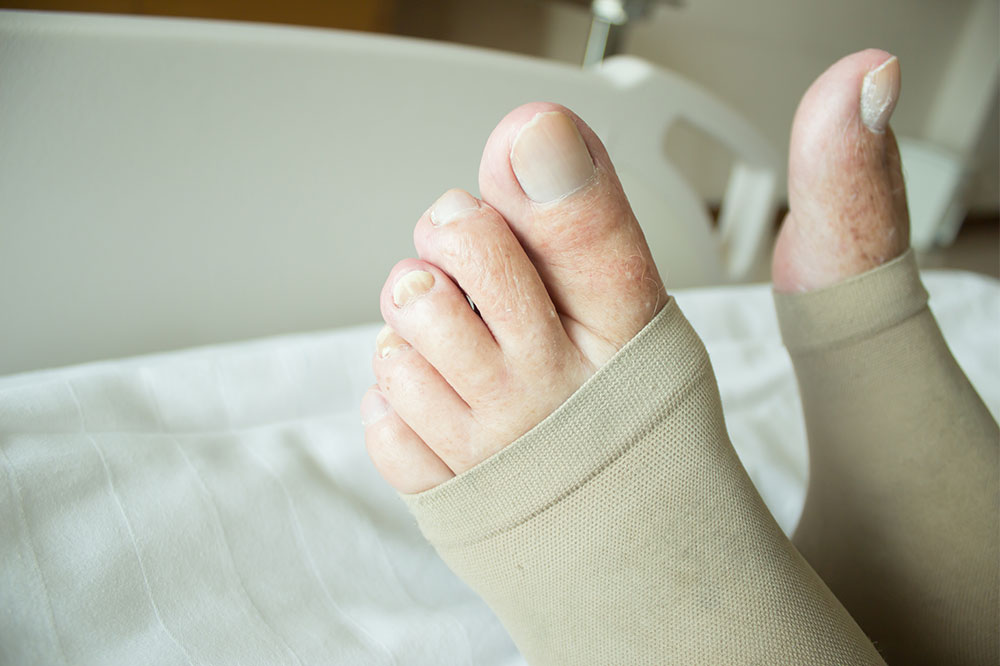
5 Commonly Asked Questions About Compression Socks for DVT
DVT occurs due to the clotting of blood in veins located deep in the body. These are more common in the thigh region and lower legs. Due to DVT, there will be pain and swelling in the affected area. So doctors recommend compression socks. The benefits of compression socks for DVT are that they reduce swelling, avoid pain, and prevent health complications that may arise later on.
Here are a few frequently asked questions about these socks:
1. What do compression socks look like?
One of the main benefits of compression socks for DVT is that these look similar to normal tights or pantyhose. However, unlike normal socks, compression socks are made from different materials. These are usually made from elastic fabric that snugly fits around the thighs, legs, and ankles. The pressure is more around the ankles than the thighs and calves.
2. How do compression socks for DVT work?
The compression socks are tight around the ankles, calves, and thighs. This pressure will push the fluids, including blood, in the upwards direction in the leg. As a result, the blood will freely flow from the leg to the heart. This way, the blood circulation in the affected area is improved. Due to this, the swelling and pain are also alleviated. In many cases, compression socks are advisable to prevent DVT since the pressure created by the socks will prevent the blood from pooling and clotting.
3. How to use DVT socks?
Compression or DVT socks are usually worn after DVT diagnosis. Doctors generally prescribe these socks to be worn at the hospital after surgery or at home. In most cases, compression socks are used as a preventive measure. To get the most benefits of compression socks for DVT, wear them in the morning before stepping out of bed. Since these socks are tight with a snug fit, applying a bit of moisturizer can be helpful to put them on easily. The socks must be worn the entire day and removed before showering and bedtime.
4. Apart from DVT treatment, can these socks be used for other purposes?
Compression socks can be worn due to several reasons. Some people wear these when they are bedridden after surgery. This is because the risk of blood clots in the legs is higher at this time. Women who have varicose veins or at risk of developing varicose veins are recommended to wear these socks, especially during pregnancy. Some people wear compression socks to improve their athletic performance for any sport.
5. How to choose the right compression socks?
Another good benefit of compression socks for DVT is that these are available in wide varieties. These socks come with different tightness levels. Depending on the severity of DVT and its symptoms, make sure to buy one with the right amount of pressure. In addition, look out for the right length among knee-high, thigh-high, and full-length socks.


